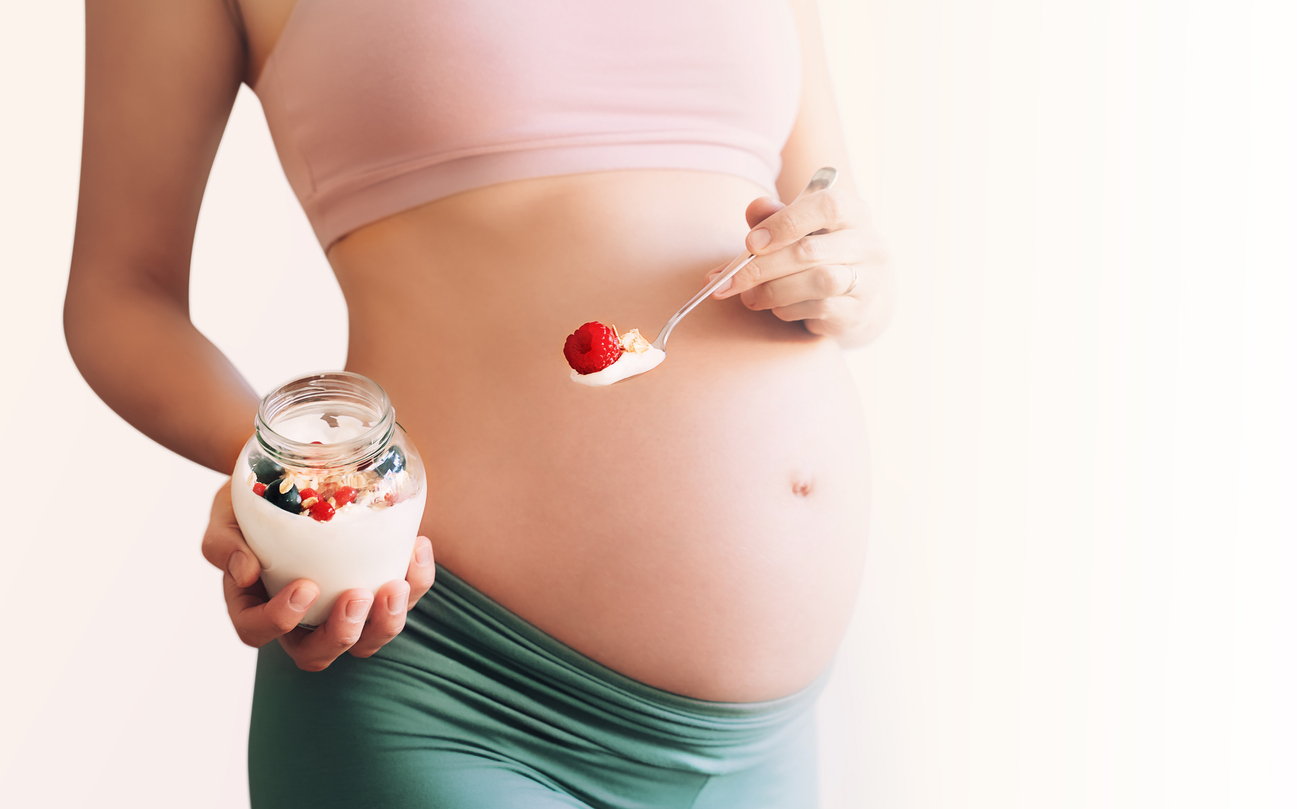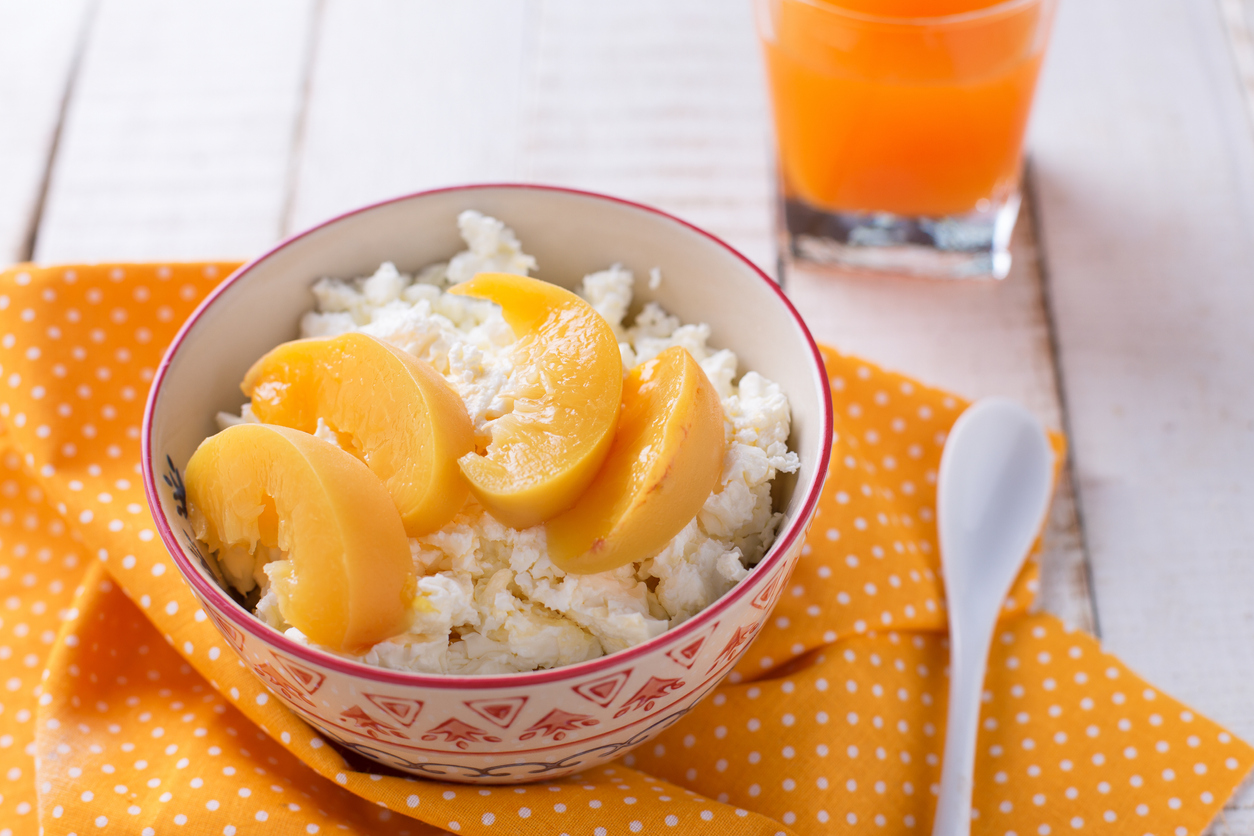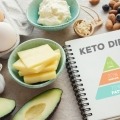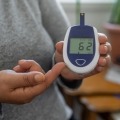20 Snack Ideas for Gestational Diabetes
By Erin Davis
 Snacks are essential for satisfying hunger and regulating blood sugar during pregnancy. If you’ve been diagnosed with gestational diabetes, here are our favorite snack ideas.
Snacks are essential for satisfying hunger and regulating blood sugar during pregnancy. If you’ve been diagnosed with gestational diabetes, here are our favorite snack ideas.
Managing hunger while trying to avoid blood sugar spikes is a balancing act for anyone with diabetes, but it’s particularly trying for anyone living with gestational diabetes (GDM). There are countless new challenges, some of them seemingly at odds with one another, such as support your baby’s growth with adequate calories while avoiding excessive weight gain, or balancing intense food cravings and aversions with a tendency to fill up fast at mealtimes because your stomach is being crowded by your growing baby.
Enter snacks. Snacks are enjoyable – who doesn’t love a good snack? – and eating the right modestly-sized provision is also an opportunity to nourish your body and baby’s as well as effectively manage your glucose levels.
“Snacks are recommended in most GDM meal plans because they help stabilize blood sugars, preventing spikes and dips in levels,” said nutrition specialist Cesar Sauza, who has worked with women with GDM for more than nine years.
When should you eat snacks?
“Snacks should be spaced out evenly in between meals, but should always be after checking post-meal blood sugar readings,” Sauza suggested.
It may seem counterintuitive to eat so often, but here’s why. When you go long periods of time without eating, your blood glucose may trend low. If it dips low, you don’t normally crave a highly nutritious snack. Think about the last time you were ravenously hungry. What did you eat? Typically it’s a bag of chips, candy bar, half a pan of brownies, or whatever high-fat, high-carb food you can get your hands on.
Then there’s a subsequent high blood sugar. Instead of your blood sugars gradually going up and down moderately throughout the day, it’s a roller coaster. So try to time it so that you are eating something every two to three hours.
Is it good to eat snacks before bed with gestational diabetes?
If you go too long without eating between your dinner meal and waking, then the dawn phenomenon, which occurs when the liver releases glucose into the blood to ensure a constant supply of energy, may be to blame for high fasting blood sugars. (Pregnancy hormones and a growing waistline can contribute to insulin resistance.)
For this reason, Sauza recommends including a protein-rich snack around two hours after dinner to decrease fasting levels. It’s important to remember, though, that everyone’s schedule is different. You may need a nighttime snack, but if you are eating a late dinner a couple of hours before bed, you might not need one.
What should you eat for a snack?
 What and how much you eat is important when you are managing gestational diabetes. Again, the amount varies greatly among individuals. The amount of food you need depends on your size, age, and activity levels. You can work with a registered dietitian to determine exactly how much you should be eating.
What and how much you eat is important when you are managing gestational diabetes. Again, the amount varies greatly among individuals. The amount of food you need depends on your size, age, and activity levels. You can work with a registered dietitian to determine exactly how much you should be eating.
While there isn’t a consensus about the perfect amount of carbohydrates and other nutrients to eat during pregnancy, according to the Institute of Medicine’s Dietary Reference Intakes, the recommended dietary intake for all pregnant people is a minimum of 175 g of carbohydrate, a minimum of 71 g of protein, and 28 g of fiber.
The carbs should be split among your meals and snacks. Remember that carbs are not forbidden. Carbohydrates are the source of energy that fuels your brain and body. Foods like whole grain bread and crackers, fruit, pretzels, popcorn, milk, and yogurt all contain carbs but can be a part of your balanced diet.
20 snack ideas for gestational diabetes
If you are stuck in a snack rut, here are some ideas to change it up. These snacks include a combination of carbs, protein, and fat and offer a wide variety of vitamins and minerals to support a healthy pregnancy:
-
Plain Greek yogurt with mixed berries and slivered almonds
-
Cottage cheese and peaches
-
Dry-roasted edamame
-
Peanut butter on whole-grain bread or apple slices
-
Chicken salad on whole-grain crackers
-
A turkey or ham wrap with romaine and cheese on a tortilla
-
String cheese, olives, and pretzels
-
Pita chips and hummus
-
Chickpeas roasted in avocado oil
-
Mixed nuts and popcorn
-
Avocado toast on whole-grain bread
-
Apple slices with nut butter and coconut flakes
-
Broccoli/cauliflower/celery/bell pepper/carrots with guacamole, hummus, or cream cheese
-
Sunflower or pumpkin seeds with melon
-
Canned salmon/tuna salad on whole-grain crackers, lettuce wraps
-
Oatmeal with coconut or almond milk
-
Veggie wrap on a whole-grain tortilla
-
Protein bar (look for ones that are low in added sugar, like Rxbars)
-
Beef jerky and mango
-
Hard-boiled or deviled eggs and kiwi
It’s important to bear in mind that eating a snack of only simple carbs (fruit, bread, crackers, chips, etc.) may lead to larger spikes in blood glucose. Combining a mix of carbs, protein, and fat leads to a more moderate increase in glucose, rather than a rapid spike. After all, pregnancy is demanding on your body, so leaning on snacks can help optimize nutrient intake.








